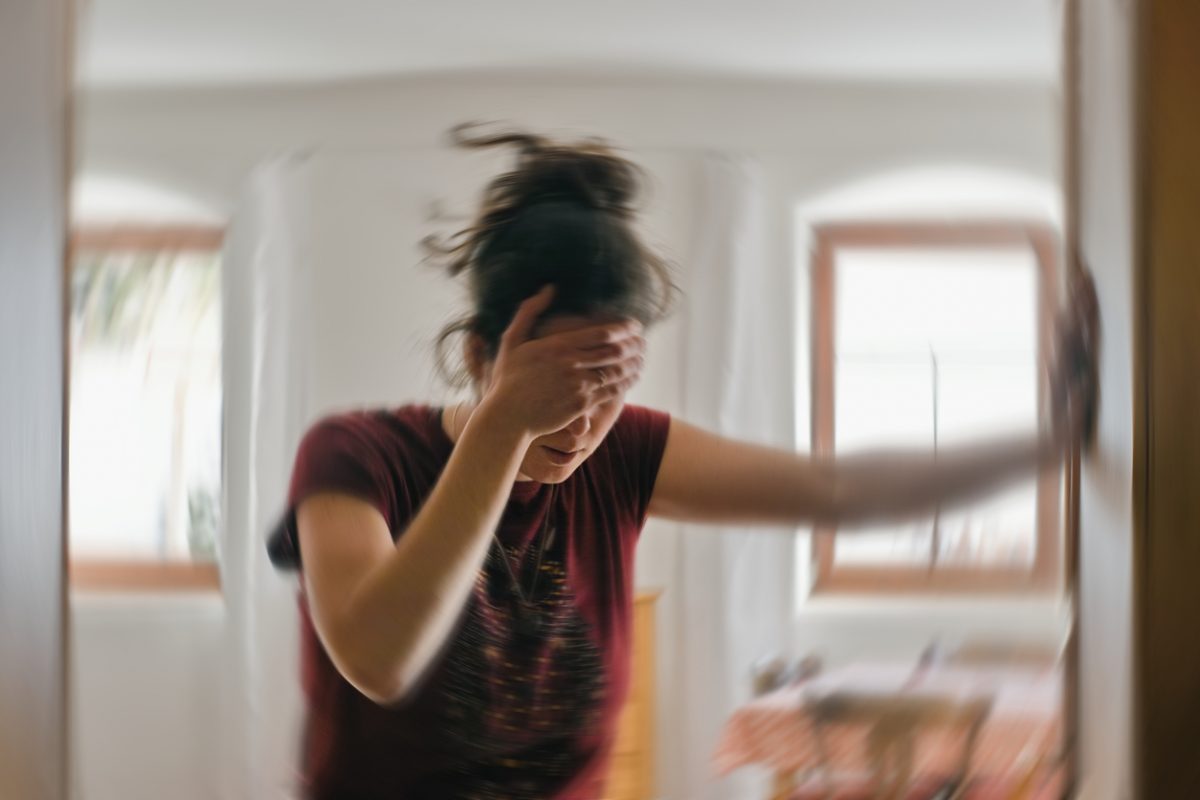Objective: Randomized controlled drug trials have demonstrated that antipsychotic medication is effective to rapidly improve psychotic symptomatology in first-episode psychosis. However, these results may not be generalizable to routine clinical practice. We evaluated the effectiveness, tolerability, and safety of olanzapine, risperidone, and haloperidol in individuals with first-episode nonaffective psychosis who are representative of clinical practice and who are treated in routine clinical settings.
Method: 172 patients participated in a practical clinical trial and were randomly assigned to haloperidol (N = 56), risperidone (N = 61), and olanzapine (N = 55). The mean modal daily doses were 5.4 mg/day for haloperidol, 4 mg/day for risperidone, and 15.3 mg/day for olanzapine; 98.3% of subjects were drug naive at baseline. Data from clinical measures of treatment response and tolerability and safety data from the 6-week acute phase of a large epidemiologic and longitudinal (February 2001 to February 2005) intervention program of first-episode psychosis (schizophrenia spectrum disorders, DSM-IV criteria) are reported.
Results: All 3 treatments showed similar effectiveness in reducing the severity of general, negative, and positive symptomatology after 6 weeks of treatment, as reported by mean change in total Clinical Global Impressions-Severity of Illness scale, Brief Psychiatric Rating Scale (BPRS), Scale for the Assessment of Positive Symptoms, and Scale for the Assessment of Negative Symptoms scores between baseline and 6 weeks. The proportion of study subjects responding, defined as 40% or greater BPRS total score improvement from baseline, was 57.1% (N = 32 of 56) haloperidol, 52.5% (N = 32 of 61) risperidone, and 63.6% (N = 35 of 55) olanzapine, with no statistical differences among groups. The frequency of extrapyramidal symptoms (chi2 = 24.519; p < .001) and concomitant anticholinergic medication use (chi2 = 57.842; p < .0001) was greater with haloperidol than olanzapine or risperidone. Olanzapine-treated patients had significantly more weight gain compared with the haloperidol and risperidone groups (p < .001).
Conclusion: Relatively low doses of haloperidol, risperidone, and olanzapine are equally effective for the acute treatment of first-episode nonaffective psychosis under usual conditions of real clinical practice.
Please sign in or purchase this PDF for $40.00.




